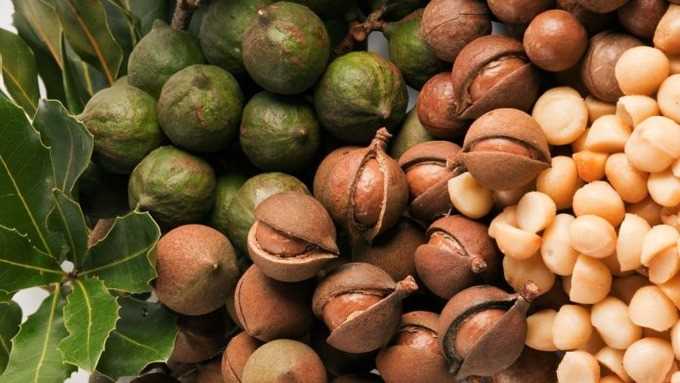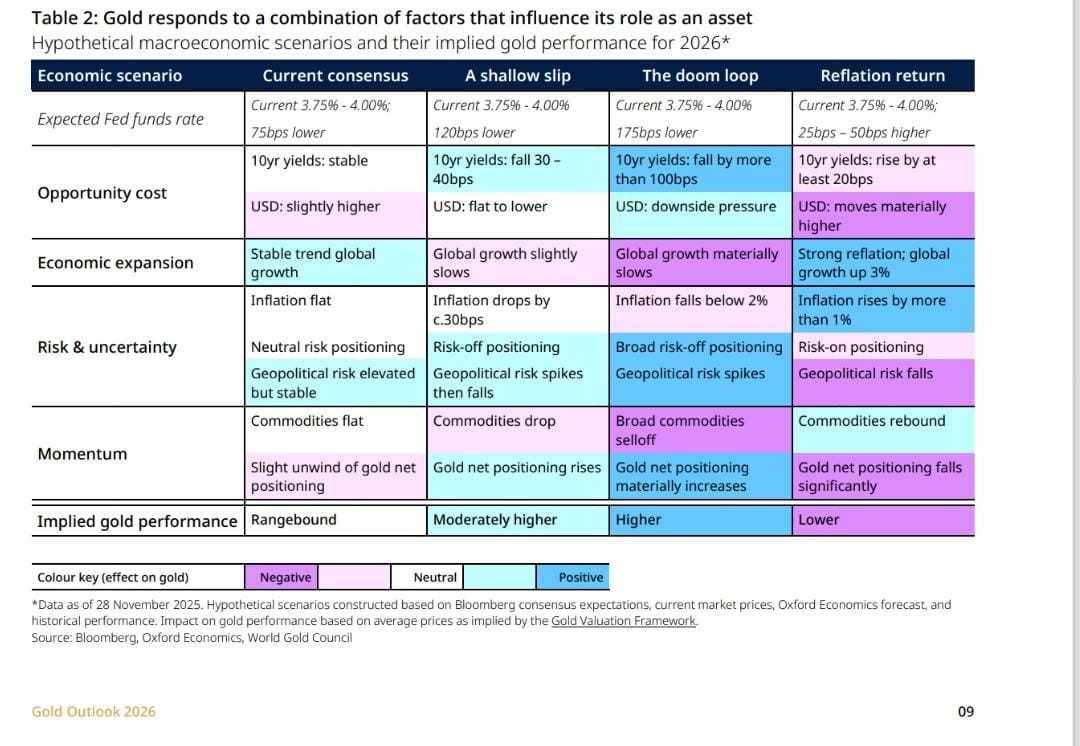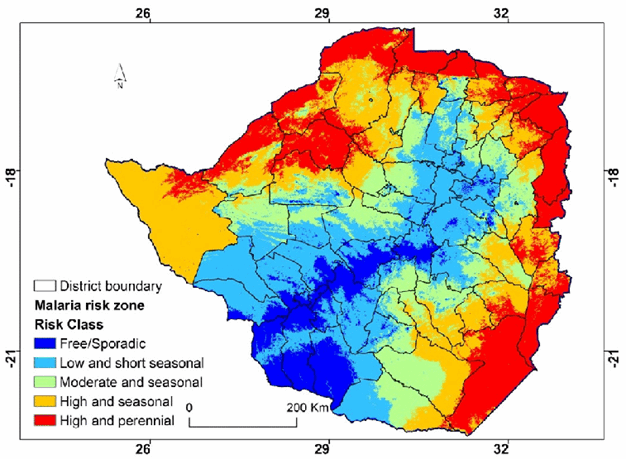
Oscar J Jeke
Zim Now Reporter
Zimbabwe’s macadamia nut industry, once a bright spot in its agricultural sector, is facing a stark decline in prices despite an increase in export volumes.
According to data from the Zimbabwe National Statistics Agency, the country’s macadamia nut exports surged by 53% in 2024, reaching 8.02 million kilograms, up from 5.24 million kilograms in 2023.
However, this surge has not been reflected in revenue, which increased by only 29%, from US$6.79 million in 2023 to US$8.75 million in 2024.
This discrepancy is largely attributed to a steep 63% decline in prices, with the average price per kilogram dropping from US$2.91 in 2020 to just US$1.09 in 2024. In some cases, farmers were forced to sell nuts for as little as US$0.60 per kilogram in 2023.
The primary factor behind this price slump is the limited access to high-value markets, especially in Asia. Countries like Mozambique, which are key competitors, benefit from preferential trade deals, including duty-free exports to China.
Zimbabwean farmers, by contrast, are struggling with higher tariffs and face difficulties accessing these lucrative markets. The Macadamia Producers Association of Zimbabwe has called on the government to negotiate a trade protocol with China, similar to the one enjoyed by Mozambique, in order to eliminate tariffs and boost both demand and prices.
MPAZ Secretary-General Fortune Gurai emphasized that such a move could substantially increase both demand and prices for Zimbabwe’s macadamias, which are a high-quality product in their own right.
Related Stories
The lack of proper infrastructure is another critical issue. Many farmers in Zimbabwe are unable to invest in essential drying facilities, which are vital for preserving the quality of macadamia nuts. As a result, farmers often sell their nuts in-shell to middlemen at lower prices, bypassing potential value-added processing and marketing opportunities.
This not only affects farmers' income but also hinders the overall development of the macadamia value chain in Zimbabwe.
Furthermore, the use of low-quality inputs by many farmers is exacerbating the situation. Without access to quality seeds, fertilizers, and other necessary resources, yields are being compromised, which could have long-term repercussions for the industry.
The situation could potentially lead to a decline in the country’s macadamia output, which would further affect prices and the overall competitiveness of Zimbabwe’s macadamia nuts on the global market.
Globally, other macadamia-producing countries are also facing challenges, although some have been able to better weather the storm. For example, Australia, the world’s largest producer of macadamia nuts, has benefited from its strong foothold in global markets and advanced processing technology.
Australia’s macadamia industry has focused on improving product quality and expanding into high-end markets, such as Europe, the United States, and Asia. In contrast, Zimbabwe, despite its favorable climate for macadamia farming, lacks the necessary infrastructure, market access, and government support to reach similar levels of success.
South Africa, another major player in the global macadamia market, has also faced fluctuating prices in recent years. However, the country has managed to maintain its position as a top exporter by focusing on improving productivity and establishing strong market links, particularly in China and Europe.
South Africa’s government has implemented policies to support local farmers, including subsidies for inputs and the development of agricultural infrastructure, which have helped the industry grow despite challenges.
In comparison, Zimbabwe’s macadamia industry seems to be at a disadvantage in the global marketplace.
To improve the situation, Zimbabwean farmers need better access to markets, improved infrastructure, and support for high-quality production.



















Leave Comments